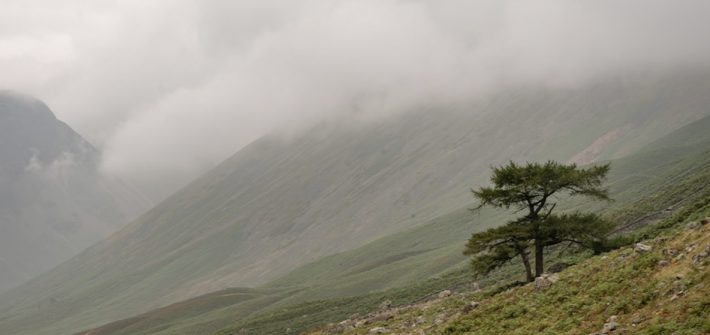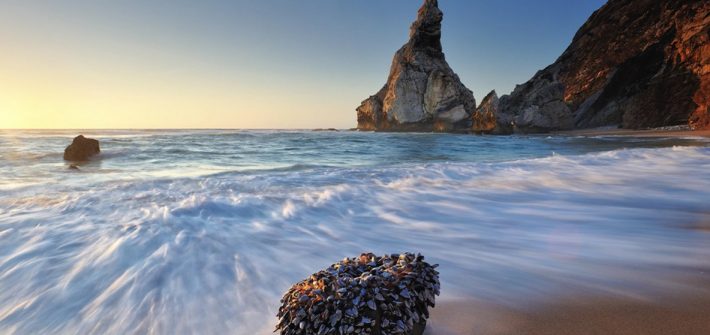While many of us are still experiencing travel blues as we’re confined to our local areas, an Iceland-based photographer experienced a trip of a lifetime as he got to document a volcanic eruption occurring right in front of him.
![]()

Ok, that might be a slight exaggeration. Something like a tornado would probably qualify as bad weather. However, if the weather is not threatening your very safety, I would go so far as to say it is good weather for landscape photography, rain, shine, or anywhere in between, and this great video demonstrates why.
![]()

Long exposure images of moving water are popular for both photographers and viewers, but it takes more than slapping an ND filter on the front of your lens to create a compelling one. This helpful video tutorial features an experienced landscape photographer guiding you through the process, including equipment, safety, shutter speed, composition, and more.